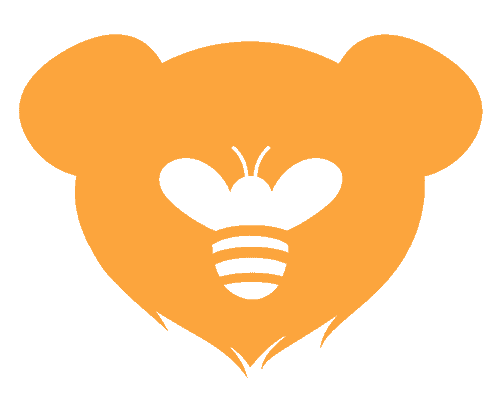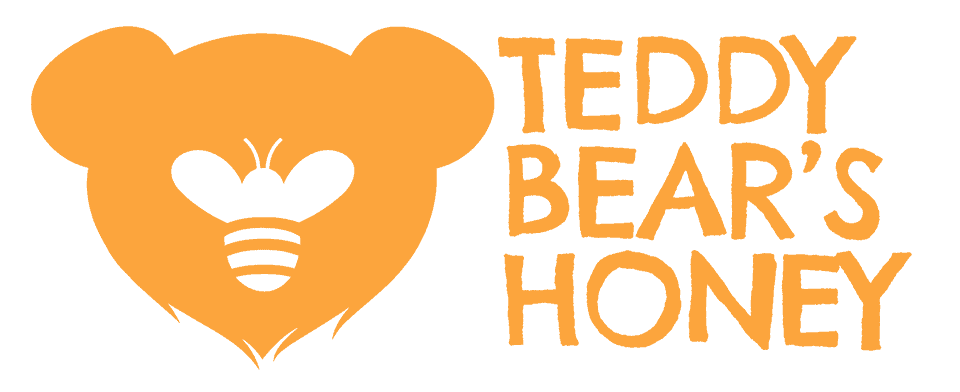Wasps are often seen as a nuisance, causing unrest and pain. Wasps are particularly resented when everyone wants to enjoy their meals outside during summertime. However, what role do wasps play in the ecosystem other than being used for pest control? Do wasps pollinate?
Wasps are pollinators like their cousins, the bees. However, because many wasps don’t have hairy bodies or pollen sacks like bees do, they aren’t as effective at pollination as some other species. Regardless, specific flower and fruit species rely solely on wasps for pollination needs.
How wasps pollinate is a fascinating topic. Therefore, this article will explain precisely how wasps pollinate certain flowers and fruit. In addition, we will consider the other significant contributions of wasps to the environment. After reading this article, the hope is that you will change your opinion on wasps and no longer see them as a pest but as a valuable part of the ecosystem.
How Do Wasps Pollinate?
Wasps aren’t such good pollinators as bees or butterflies. However, they still play a remarkable role in the pollination process. Because their bodies don’t have as much fluff, they cannot gather as much pollen to transport to other flowers.
In addition, wasps also don’t have as long tongues (proboscis) as bees or butterflies. Therefore, they cannot reach the nectar from all flowers and are more selective about which flowers they choose to drink from. For these reasons, wasps are often disregarded for their pollination capabilities.
However, in some instances, wasps play an irreplaceable role in the pollination process of some flowers. We will look at two cases where wasps are the primary pollinators of flowers.
1. How Do Wasps Pollinate Orchids?
Wasps are one of the biggest pollinators of orchids. In this case, wasps are specialist pollinators (the only insect to help with pollination). Over 100 species of orchids rely solely on wasps for pollination. This is because wasps are drawn to strong scents and dull colors. This is something that the orchids have evolved to use in their favor to attract wasps for pollination.
Specific orchids attract the wasps with their strong scent. These orchids commonly grow in European countries. Other orchids have colors that attract the wasps and lure them into assisting with pollination.
However, the most interesting case of orchids attracting wasps for pollination comes mainly from Australia. In Australia, the orchids have developed a scent and labellum that mimics wasps of the opposite sex.
The Thynnine wasp is drawn to the orchid, thinking it will find its wingless female there. Then, when the wasp tries to mate with the orchid’s labellum, it gets covered in pollen. When the wasp is done, it will fly to another orchid, once again drawn to its scent and appearance, and this is how wasps pollinate the orchids.
In other parts of the world, orchids secrete chemicals to lure the wasps for pollination. These orchids secrete green-leaf volatiles that attracts the wasps. Green-leaf volatiles is secreted by plants when herbivores, such as caterpillars, eat them. The wasps are attracted to the chemicals and find their way to the orchids, thinking there will be caterpillars for them to hunt.
While adult wasps only eat nectar and pollen for survival, their larvae eat a diet high in protein that is achieved by eating other insects. Therefore, adult wasps will kill insects such as spiders, caterpillars, and other bugs to feed to their larvae once hatched.
Therefore, the wasps are attracted to the orchids, hoping to find a caterpillar for their nest. In the process, they are covered with pollen that is redistributed to other plants. These are how orchids have evolved to rely solely on wasps for pollination.
2. How Do Wasps Pollinate Figs?
The other extraordinary way wasps are used as specialized pollinators is regarding figs. Figs are an interesting fruit in that the flower develops on the inside of the immature fruit. As such, wind pollination is not possible. However, the figs have an extraordinary way of ensuring pollination, and that is with the help of figs.
The fig releases a chemical that only attracts female fig wasps when the time is right. At this time, the female fig wasp forces herself through an opening in the bottom of the fig to the inside, where she lays her eggs in the fig seeds.
As she enters, the female fig wasp pollinates the fig with pollen from her previous fig. Once she has lain her eggs, the female dies. Once the eggs hatch, the wasps mate inside the fig. Then, the male fig wasps will chew a hole through the fig, allowing the new females to escape and find new figs to lay their eggs.
This symbiotic relationship between the fig and the wasp allows the figs to exist and be pollinated and gives the new fig wasps a safe place to live and grow. This is another interesting example of how certain plants have adapted to rely on wasps to pollinate them.
However, the female fig wasp will not enter the fig through a hole in some cases. Instead, she will pierce a hole in the fig’s flesh with her stinger and lay her eggs directly inside the fig without pollinating that fig. In this case, the wasp gets the advantage of a safe home to live in, but the fig seeds aren’t pollinated and cannot reproduce.
Other Benefits And Uses For Wasps
Apart from their role as pollinators, wasps have another significant role in the ecosystem. They are also commonly used for pest control, which brings us back to the wasp larvae.
Because the larvae need a diet high in protein, adult larvae catch other insects to place in their nests for the larvae once they hatch. Because of this, farmers often use wasps to control the pests on their fruit farms and other crops, such as maize and sugarcane. The wasps catch the other insects that can damage the crops and sometimes assist with pollination.
In addition, some wasp species also lay their eggs in their prey or in the eggs of their prey. Then, the larvae eat the prey or the spawn, and the pest species are eradicated quicker. One example of the predatory habits of a wasp we must discuss is that of the spider wasp.
Spider wasps are often found between flowers or close to the ground where they search for their prey, which is spiders. Once found, the wasp will sting the spider, paralyzing it. Then, the wasp takes the paralyzed (but still living) spider to its nest and places one egg on the spider. When the wasp larvae hatch, it eats the spider.
In the case of spider wasps and other predatory wasps, accidental pollination occurs. This is when the wasp gets some pollen on it while searching for prey. Although this pollination doesn’t happen on purpose and is therefore not immensely effective, it still contributes to the pollination of various flowers.
One possible disadvantage of using wasps for pest control is that they can also prey on other helpful insects and pollinators living in the crops. This is likely to happen by accident and will become a bigger problem once the pests have been eradicated from the produce.
However, this proves that wasps are critical to the ecosystem, not only for pest control but also for the pollination of plants.
Frequently Asked Questions
In addition to the facts we have already discussed above, people have some other frequently asked questions regarding wasps. So, to save you the trouble of further research, we thought we’d answer these questions here.
1. Are Wasps Good For Your Garden?
Thus far, we’ve mainly discussed the usefulness of wasps in agriculture. However, wasps are also beneficial in your garden. They prey on pests, such as fly larvae. They also assist with pollinating your garden flowers and crops.
Be careful of a wasp nest, though, as wasps become aggressive when you come near their nest. Therefore, don’t approach the nest and keep a wide birth to avoid getting stung. Also, wear protective clothing when harvesting fruits as there may be wasps on or inside the fruit.
2. Should You Destroy A Wasp Nest In Your Garden?
It is not recommended that you remove a wasp nest by yourself. Unless you have the proper skill and equipment, it can be an excruciating and potentially dangerous process if you try to remove the wasp nest yourself. Some people have an anaphylactic reaction if they are stung by many wasps.
Therefore, it is best to phone pest control or a local beekeeper to remove the wasp nest from your garden. They can relocate the wasps to another location with any luck and won’t have to kill the wasps. However, as wasps are beneficial to the ecosystem, keeping them alive is the best course of action.
3. Do Wasps Make Honey?
Although wasps are closely related to honey-making bees, they don’t make any honey. Adult wasps eat nectar to survive because the nectar has plenty of nutrients and energy to sustain them. However, wasps don’t use nectar to make honey.
The wasp colony will die out during winter. Only the queen survives by hibernating in the winter. During the spring, the wasp larvae hatch and start working to feed the queen once again.
Conclusion
From this article, we can conclude that wasps do, in fact, pollinate. Sometimes they participate in accidental pollination, such as when they are searching for prey. Other times, wasps are specialized pollinators, such as in the case of orchids.
In addition to pollination, wasps are beneficial to the environment because they help with pest control by feeding the pests to their larvae. Therefore, wasps play a critical role in the ecosystem and shouldn’t be regarded with the ill thoughts they currently are.
References
http://blog.umd.edu/agronomynews/2020/08/31/wasps-surprisingly-cool-pollinators/
https://www.bbc.com/news/science-environment-41042948
https://www.buzzaboutbees.net/do-wasps-pollinate.html https://www.fs.fed.us/wildflowers/pollinators/animals/wasps.shtml

